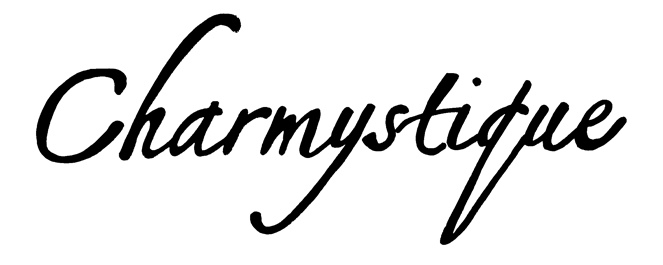We live in an exceedingly polluted world, inhale harsh chemicals from cleaning solvents we use daily, and absorb possible cancer-causing ingredients from our bath and body care products. Ever since my aunt was diagnosed with lung cancer early last year, I’ve experienced an epiphany of sorts. Aside from going green with my skincare choices and household products, I made a conscious decision to eat more fruits and vegetables of organic origin.
I know there are numerous articles online discussing the benefits of eating organic but my personal belief is; if I can lessen the load on my liver and kidneys’ detox burden, why not? Unfortunately, subsisting on a purely organic diet in Singapore can be hard on the pocket and result in a larger carbon footprint. Not ready to give up on a pesticide-free diet, I did my research and came across Environmental Welfare Group’s (EWG) Shopper’s Guide to Pesticides in Produce. According to EWG’s tests, two-thirds of produce samples in recent government tests compiled from the U.S. Department of Agriculture had pesticide residue. Why should you care? Well, pesticides can possibly become carcinogens, have been linked to developmental problems in children, and even affect the endocrine system. Additionally, the U.S. happens to be one of the world’s largest food exporters. Even if there currently isn’t enough research to draw a definite causality, I’d rather not eat bug/weed-killers.
What’s a broke girl who wants to eat clean got to do? Know your Dirty Dozen & Clean Fifteen. Print this list out and stick it on your fridge (I do this), save it to your phone and refer to it while grocery shopping, or commit it to memory. Apples, bell peppers, and nectarines top the list of the most contaminated, with leafy greens like kale (damn those curly leaves!) and collard greens being close contenders. Conversely, avocados were deemed the ‘cleanest’, with only one percent showing any detectable pesticides. More guacamole anyone?
Bottomline: If you’re going to eat it peel and all, it’s better to buy organic.
That being said, I understand not everyone has the prerogative to buy organic produce. Organic blueberries cost twice the price of regular ones, something I struggle with myself while standing at the organic section of the supermarket. At the end of the day, having enough fruits and vegetables in your diet trumps no fruits and vegetables at all. Just make sure to wash non-organic produce extra well. I like to soak produce in a mixture of vinegar and water before rinsing them. Give hardier fruits/vegetables like apples (especially extra shiny ones, they’re likely to be wax-coated!) and cucumbers a good scrub.
Planning my meals in advance also ensures I don’t overbuy groceries leading to wastage. I hate throwing rotten vegetables out, but it happens to the best of us… You can also buy in bulk and make full use of your freezer space, or just buy it ready frozen. I buy multiple packs of frozen berries to add into my smoothies. They’re so easy to store and I don’t have to worry about them getting all squishy if I forget to use them.
I usually shop for organic produce at NTUC Finest and Zenxin Organic (grown organically and imported from Malaysia), but if you’re looking for alternatives closer to your home check out Little Green Dot’s list.
If you’ve got any tips to share how you eat clean affordably, be sure to share them in the comments below!




